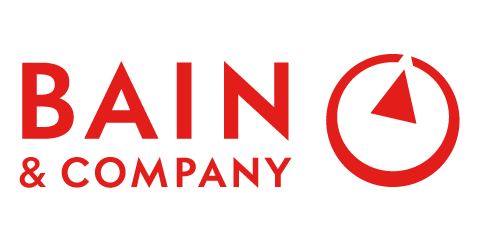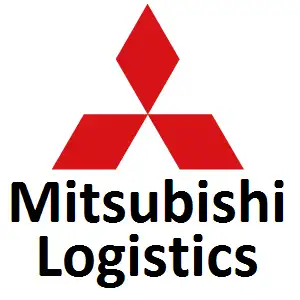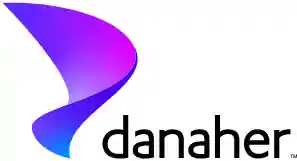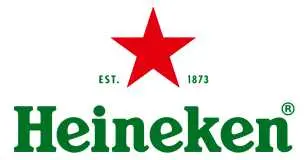Global Airport Automation Market is projected to be worth 10.97 billion by 2034 and is anticipated to surge at a CAGR of 6.08%.
The integration of cutting-edge systems and technology to enhance and expedite airport operations is known as airport automation. It makes use of automation technologies such intelligent air traffic control systems, automated luggage handling, biometric security screening, and self-check-in kiosks. These innovations increase productivity, decrease human error, shorten wait times, and enhance the travellers experience in general. Automation also supports airport staff by handling repetitive tasks and enabling real-time data management. As global air travel continues to grow, airport automation plays a critical role in meeting increased demand, improving safety, and ensuring smooth, cost-effective operations across airport facilities.
Drivers:
The global airport automation market is experiencing significant growth, driven by several key factors. The surge in global air travel has led to increased demand for efficient airport operations. Automation technologies—such as self-service kiosks, automated baggage handling, and biometric identification—enhance passenger experience by reducing wait times and streamlining processes. Advancements in artificial intelligence (AI), the Internet of Things (IoT), and robotics have enabled the development of innovative solutions that address operational challenges and improve security. Additionally, the COVID-19 pandemic has accelerated the adoption of touchless technologies to ensure traveller safety, further boosting the demand for automation in airport operations.
Challenges:
There are a number of important obstacles that might prevent the worldwide airport automation industry from expanding. High initial investment costs are a primary concern, as implementing advanced automation technologies such as self-service kiosks, automated baggage handling systems, and biometric identification requires substantial financial resources. This financial burden is particularly challenging for smaller airports with limited budgets. Integrating new automation systems with existing infrastructure can be complex and may necessitate extensive downtime, disrupting airport operations. Cybersecurity threats pose another critical risk; as airports adopt more interconnected systems, they become vulnerable to cyberattacks, potentially compromising passenger data and operational safety.
Market Trends:
As air traffic continues to climb, the airport automation market's projected compound annual growth rate (CAGR) is predicted to expand in the future. The number of aircraft operations that take place in a certain location, airport, or airspace during a given period of time is referred to as the air traffic volume. Air traffic has grown as a result of increasing business travel and economic growth brought about by expanded multinational collaborations and cross-border enterprises. By maximizing airspace use, coordinating aircraft movements, enhancing pilot-air traffic controller communication, reducing errors, and increasing operational efficiency and safety, airport automation aids in managing the amount of air traffic.
Global Market Key Players:
ABB, Amadeus IT Group, Collins Aerospace, Daifuku Co. Ltd., Honeywell, IBM Corporation, L3Harris Technologies, Leidos Holdings, Inc., Siemens, and Thales Group are just a few of the major market players that are thoroughly examined in this market study along with revenue analysis, market segments, and competitive landscape data.
Global Airport Automation Market Segmentation:
By System: Based on the System, Global Airport Automation Market is segmented as; Data storage, Automation & Control, Data Acquisition & Communication, Software & Solutions and Others.
By Technology: Based on the Technology, Global Airport Automation Market is segmented as; Baggage Handling Systems, Passenger Processing, Air Traffic Management (ATM), Information Technology (IT) Solutions, Security Systems, and Automated Ground Handling.
By Application: Based on the Application, Global Airport Automation Market is segmented as; Terminal-side Operations, Airside Operations, and Landside Operations.
By Region: This research also includes data for North America, Latin America, Asia-Pacific, Europe, Middle East & Africa.
This study also encompasses various drivers and restraining factors of this market for the forecast period. Various growth opportunities are also discussed in the report.






















